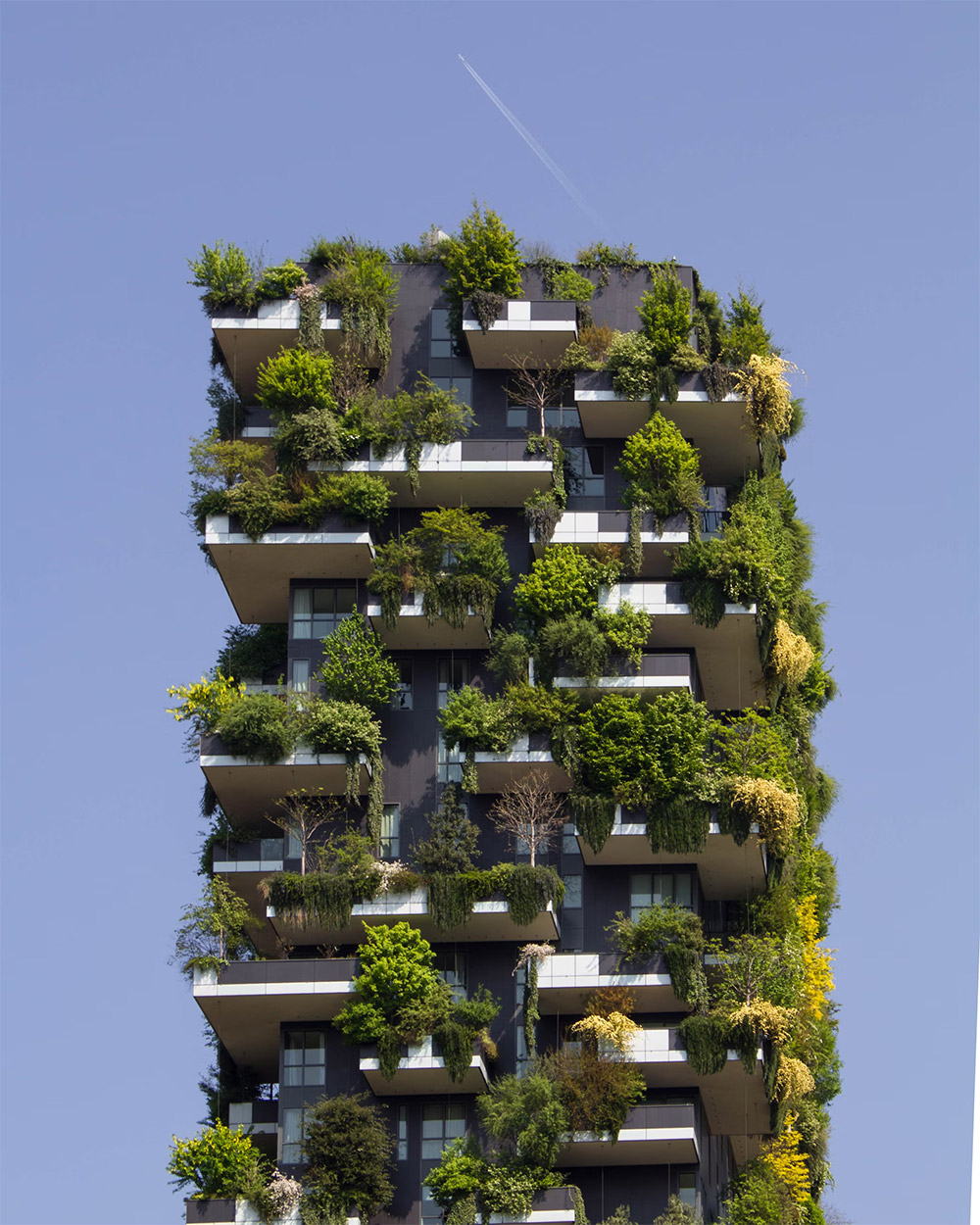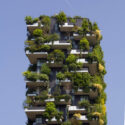
Sustainable communities are an increasing concern for designers, policymakers, and urban planners who are interested in ways to create vibrant and healthy settings that encourage wellness and sustainability.
Landscape architecture plays a vital role in this process, encompassing design and innovative solutions that promote sustainability in communities.
Sustainable landscape architecture includes designing outdoor spaces that conform to a set of values that make flourishing, functional, and environmentally friendly spaces. The key principles of green landscape architectural planning include reducing soil erosion, waste, and water consumption. Sustainable landscape architecture can include anything from a rainwater collection station to a local plant garden.
Landscape Architecture Defined
Landscape architecture is a field of practice that concentrates on the management and design of outdoor areas. Landscape architecture includes designing plans for an array of projects such as:
- Commercial and residential developments
- Campuses
- Transportation corridors
- Gardens and parks
They also play a crucial role in tackling global challenges like biodiversity loss, climate change, and urbanization.
Landscape architecture unites several disciplines including geography, biology, urban planning, and horticulture to create resilient, sustainable outdoor areas. Landscape architecture unites art, technology, and science to design sustainable spaces that aren’t just visually appealing but also accessible and functional. By incorporating green spaces into the fabric of urban communities, landscape architecture helps create spaces that encourage community health and human well-being.
Resilience and sustainability are two key values that direct landscape architecture in the face of social and environmental changes. Landscape architecture aims to enrich the quality of health and life of people and ecosystems while adjusting to varying conditions and decreasing negative effects.
Landscape architecture combines design, science, and art, blending these natural features with the built environment. Projects could be a nature trail or a plan to develop a communal green space.
These projects could also collaborate with current recreational spaces like golf courses and playgrounds to make them more attractive and eco-friendly. You can see landscape architects’ inspiration in museums, colleges, schools, and shopping malls where their work expands past site design and into master planning. Landscape architect services are vital to virtually every civil design project.
Connecting People to Nature
Studies show that being outside for just a small amount of time boosts mood and happiness. People who engage in outside activities help improve their mental and physical health as well as their brain activity, cognitive function, and blood pressure. However, it can be hard to connect with nature and reap its numerous benefits when you live in urban settings where green spaces are non-existent.
This is where landscape architecture comes into the picture. Most city planning projects include trees and small tokens of nature in their master design. Landscape architecture goes beyond this by helping to design green spaces that imitate being in nature. By joining the natural world with our built environment, landscape architecture offers places where we can stroll among natural features that foster a connection to the environment.
Putting green spaces into the cities and suburbs can be done clearly with gardens and parks. It can also be done together with other development and redevelopment of areas that might have been missing greenery before, developing communal gathering and mixed-use spaces that use greenery to create shade and draw visitors.
Understand the Site and its Context
The first phase in designing a sustainable landscape is to understand the site and its context. This entails performing a comprehensive site analysis, which includes features such as:
- Climate
- Hydrology
- Soil
- Wildlife
- Culture
- Topography
- Vegetation
- History
A site analysis helps you find the opportunities and constraints of the site, as well as the possible effects of your design on the community and the environment. It also helps you establish accessible and realistic goals for your design, contingent on the site’s needs and qualities. Knowing how much space you have to work with will help you decide which design elements to use.
Whether it’s a large-scale commercial complex or a safe walkable neighborhood, landscape architecture plans and designs healthy, resilient, livable communities. These sustainable spaces are created in such a way that addresses biodiversity and climate change while guaranteeing social, economic, and environmental integrity.
Create Inviting and Functional Spaces
Landscape architecture centers on creating inviting and functional spaces, well-suited to satisfy the needs of the community. Here are some vital facets of creating such spaces:
Site analysis, design, and planning – Landscape architects perform a thorough site analysis to know the site’s physical features, user needs, and cultural context. This analysis guides the landscape architecture design process, guaranteeing that the public space is meticulously incorporated into its surroundings and meets the community’s particular needs.
Universal design and accessibility- Landscape architecture highlights accessibility in its designs, guaranteeing that public spaces are inclusive and reachable to people of all ages, backgrounds, and abilities. Integrating universal design principles like smooth walkways, ramps, and accessible amenities, heightens the enjoyment and usability of the area for everyone.
Integrating green infrastructure – Landscape architects integrate green infrastructure features like permeable pavement, eco-friendly roofs, and rain gardens into public spaces. These elements help handle stormwater runoff, alleviate the heat island effect, enhance air quality, and deliver ecological benefits. By including green infrastructure, landscape architecture becomes resilient and sustainable public spaces that add to the complete well-being of the community and the environment.
Spatial organization – Landscape architecture takes into consideration the spatial organization of public spaces, considering elements like seating areas, recreational spaces, circulation patterns, and gathering places. By wisely organizing the space, landscape architecture becomes an effective and well-balanced layout that promotes numerous activities and social interpersonal connections.
Benefits of Landscape Architecture
Community identity – Landscape architecture can help communities reinforce and characterize their distinctive identities by designing parks, streetscapes, and public spaces that exhibit the city’s culture, values, and history. These unique features may fill residents with a sense of pride and attract tourists.
Enhance aesthetic appeal – Rural landscapes typically possess exceptional natural beauty. Landscape architecture can enhance and sustain this beauty when incorporating infrastructure and new developments into the surroundings, making sure they fit in with the community’s personality.
Better infrastructure – Landscape architecture can design infrastructure solutions that are efficient, sustainable, and visually pleasing. Landscape architects work closely with engineers to include landscape planning for bridges, utilities, roads, and stormwater management systems that fulfill the distinct requirements of the community.
Bike and pedestrian networks – Landscape architecture encourages designs for bike lanes and pedestrian-friendly streets, making it convenient and safer for residents to go from place to place without depending completely on a vehicle.
Energy-efficient sustainability – Using energy-efficient materials and lighting, choosing native plants, and encouraging biodiversity are methods of integrating sustainable design principles into projects that will influence the future.
Economic development – A well-designed public space or city center could entice visitors and organizations, generating economic development. Landscape architecture typically collaborates with local agencies and urban planners to create spaces that encourage tourism and commerce.
Accessibility – Confirming all public spaces are accessible to individuals of all abilities and ages is crucial. Inclusive public spaces, parks, and streetscapes are designed for everyone’s enjoyment.
Wellbeing and Health – Access to recreational areas and green spaces in communities could boost residents’ mental and physical health. Landscape architecture designs are created to promote physical activity as well as offer places for reflection and relaxation.
Creating habitat – Wildlife and humans can cohabitate with detailed planning. The goal of landscape architecture is to design landscapes that support local wildlife by crafting corridors and habitats for native species.
Boost air quality – The health benefits don’t end with just being in nature. After all, it’s no surprise that plants are the most critical factor in fighting air pollution. By drawing pollutants out of the air, the bushes, shrubs, and trees, shrubs around us decrease emissions and air temperature. Landscape architecture puts plants to use in all types of projects, guaranteeing that they enhance the overall greenery of cities, suburbs, towns, and more.
Sense of place – Through designs, landscape architecture creates a solid sense of place on every project, making them attractive and distinct destinations for visitors and residents.
Do You Have a Landscape Architecture Project in Mind?
There are boundless applications for landscape architecture, particularly as we move towards creating a greener, cleaner future alongside nature.
Landscape architecture is a multipurpose discipline that can improve the sustainability, livability, and attractiveness of a community. By thoroughly planning and designing the physical setting, landscape architecture contributes to the uniqueness and well-being of any community, making it a more vibrant place to live and visit.
We hope you’ll contact us here at Baseline if you ever need a landscape architect to help you with an exciting new project. You can also check out some of our previous landscape architecture projects in the portfolio on our website. You’ll see that landscape architects at Baseline create welcoming and inclusive spaces that encourage connectivity, social interaction, and environmental stewardship.



